October 29, 2025
Data Shows Endangered Palau Ground Doves Swiftly Recovering After Successful Palauan Island Conservation Effort
Astounding evidence of recovery on Ulong Island in Palau after just one year!
Published on
March 23, 2021
Written by
jade
Photo credit
jade
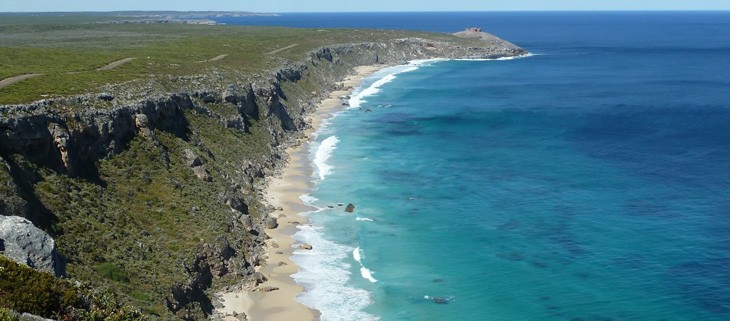
Kangaroo Island, Australia’s third-largest island, provides refuge for a variety of threatened and endemic species. In the summer of 2020, Australia and Kangaroo Island were hit with large and deadly brushfires. A total of 210,000 ha burned including 64 percent of reserves and protected bushland patches. The devastation included a loss of around 70 percent of the habitat, leaving wildlife even more susceptible to predation by feral cats and other threats. As a result, restoring the island has become a top priority.
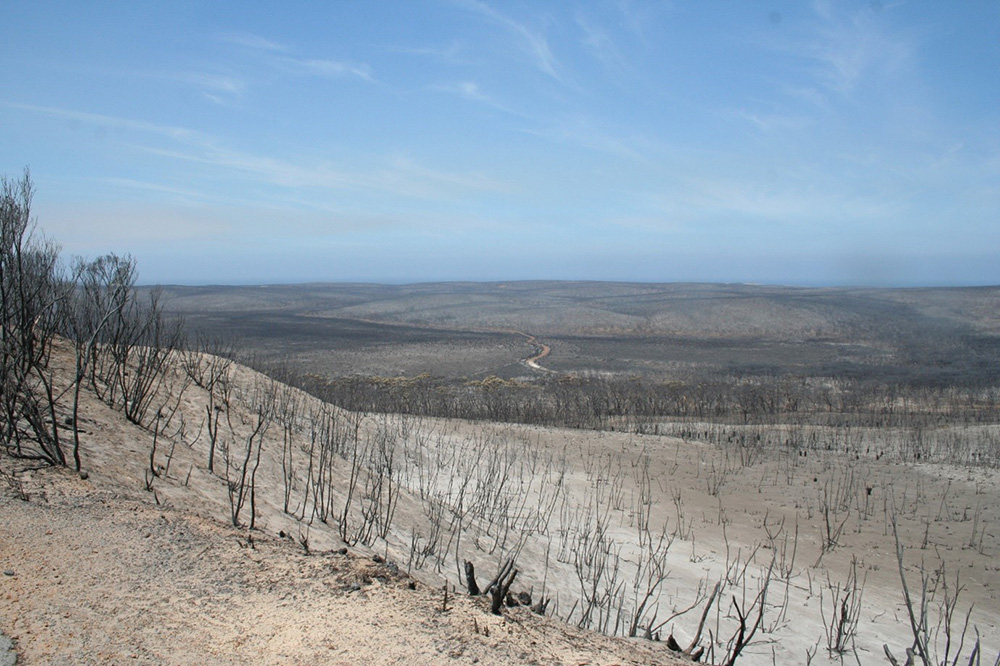
The remaining vegetated areas left across Kangaroo Island are now considered highly important for conservation steps. Protecting and alleviating threats to the remaining wildlife is a top priority for the island’s recovery. Without competition for food and resources, feral cat populations have reached numbers close to 5000, and are known to prey heavily on the island’s native wildlife, and are also vectors of parasitic diseases including sarcosporidiosis and toxoplasmosis.
The Kangaroo Island Echidna is an endemic and threatened subspecies of the mainland Australian species. Known as “ecosystem engineers”, echidnas play a crucial role in the environment through digging that helps influence plant growth and species diversity. Unfortunately, young echidnas living on are extremely vulnerable due to predation by feral cats.
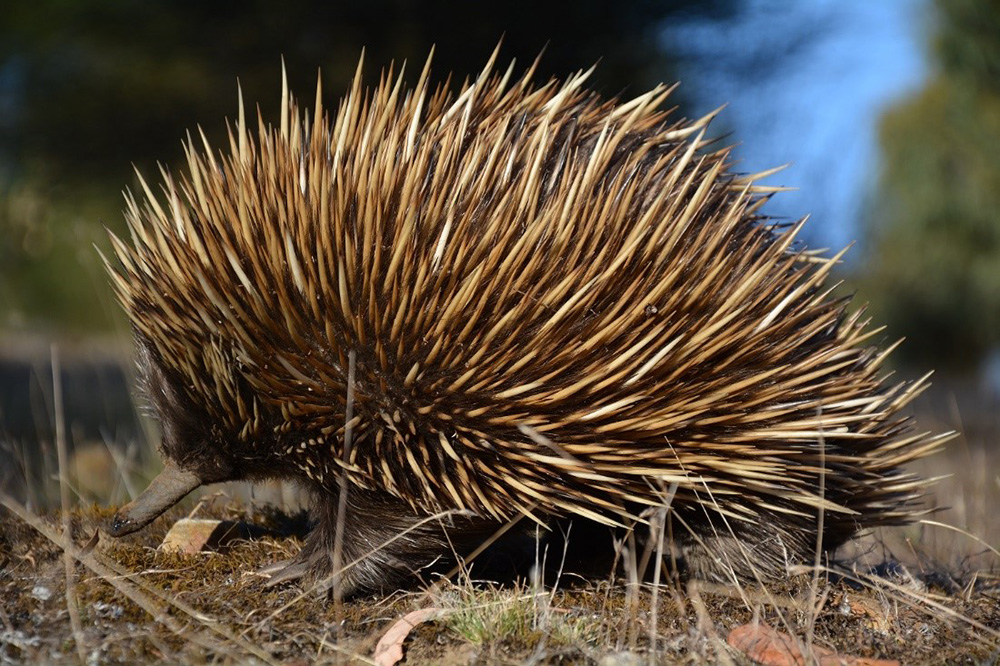
The Australian Government’s National Land care program along with the Kangaroo Island Council and Kangaroo Island Landscape Board have begun removing feral cats from the Island, beginning with the Dudley Peninsula on the eastern side of the island. The site is an ideal place to begin removal because it is joined to the island by a 3km wide isthmus that can be easily fenced. While funding for expanded eradication efforts is being sought and allocated, a feral cat-proof barrier fence is being placed across the isthmus. The team is utilizing a range of techniques including trapping, shooting with thermal equipment at night, baiting in select areas, detector dogs, and Felixer Grooming Traps. Monitoring for incursions in areas already eradicated is being done by nighttime survey and camera traps coupled with an Artificial Intelligence image recognition system (eVorta).
“Kangaroo Island represents a unique opportunity for feral cat eradication as the vast majority of islanders are pro-eradication because of the benefits it will bring to primary producers and the protection of the islands endemic and threatened wildlife,” says James Smith who is leading the project.
Once completed, the eradication will benefit local livestock populations because diseases spread by feral cats are much more prevalent on Kangaroo Island than on mainland Australia. These diseases (Toxoplasmosis and Sarcosporidiosis) are known to lower fertility and create cysts on the muscle tissues of sheep, cattle and pigs. Sarcosporidiosis in particular has had a large effect on Kangaroo Island’s sheep meet industry infecting as much as 70 percent of the sheep on the island, resulting in a loss of around two million dollars each year.

Once rid of feral cats, Kangaroo Island will become the largest inhabited cat-free island in the world. James and his team hope to accomplish the task by 2030. Despite the devastation caused by the fires, conservationists are optimistic that the removal of feral cats will help to secure a future for Kangaroo Island’s native wildlife.
Featured photo: Coastline of Kangaroo Island.
Check out other journal entries we think you might be interested in.

October 29, 2025
Astounding evidence of recovery on Ulong Island in Palau after just one year!
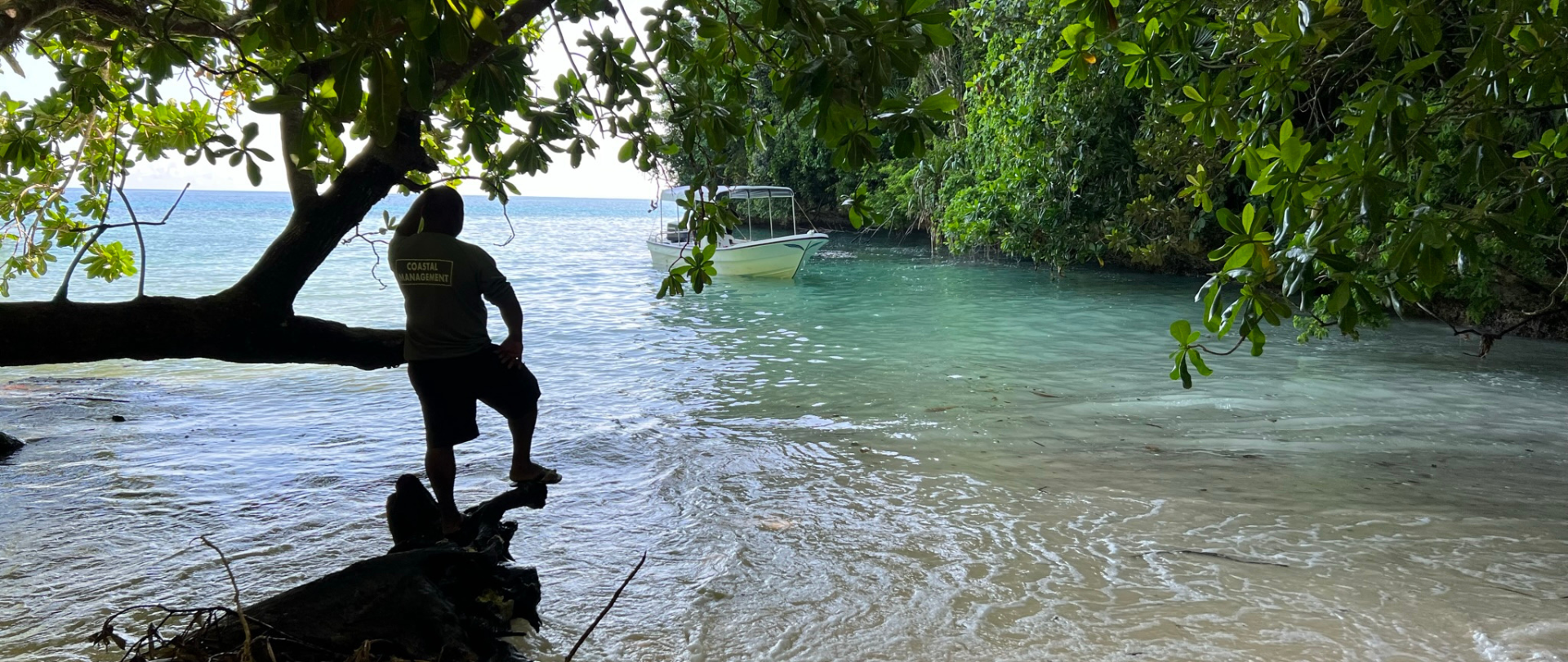
May 19, 2025
Read our position paper on The 3rd United Nations Ocean Conference (UNOC 3) to see why we're attending and what we aim to accomplish!

December 4, 2024
Ann Singeo, founder of our partner organization the Ebiil Society, shares her vision for a thriving Palau and a flourishing world of indigenous science!
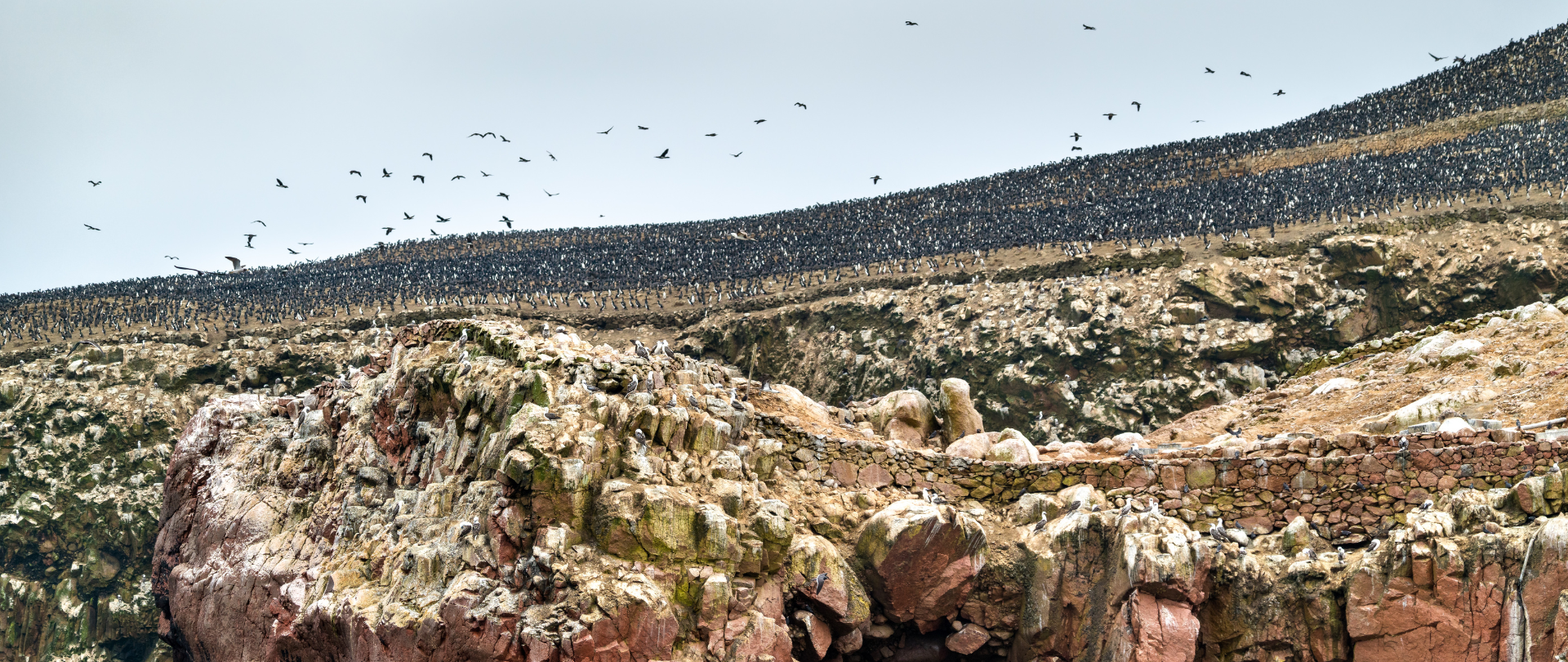
November 22, 2024
This historic agreement aims to protect the marine and coastal areas of the Southeast Pacific.
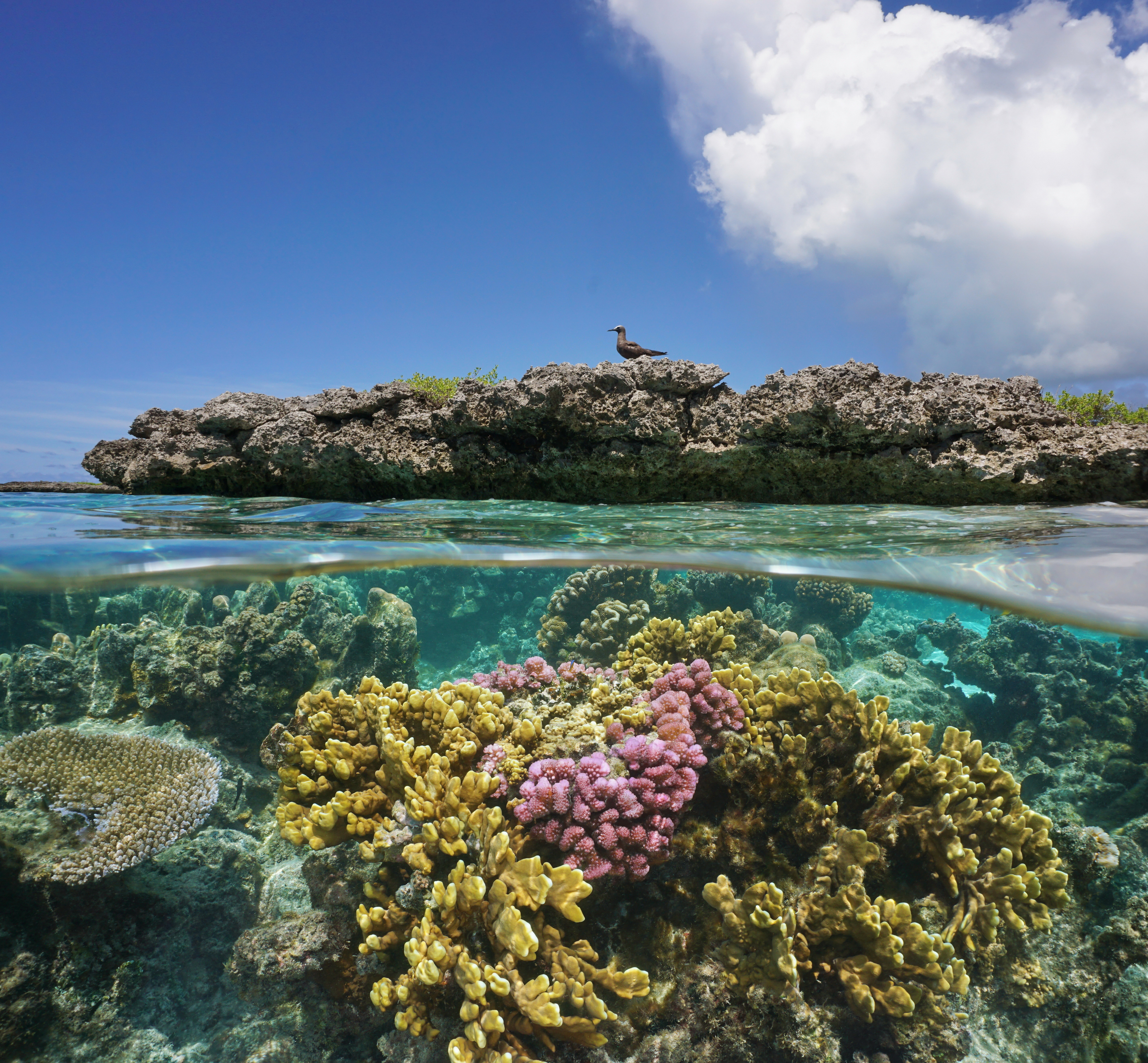
November 18, 2024
Our projects to restore key islets in Nukufetau Atoll forecast climate resilience and community benefits in Tuvalu!
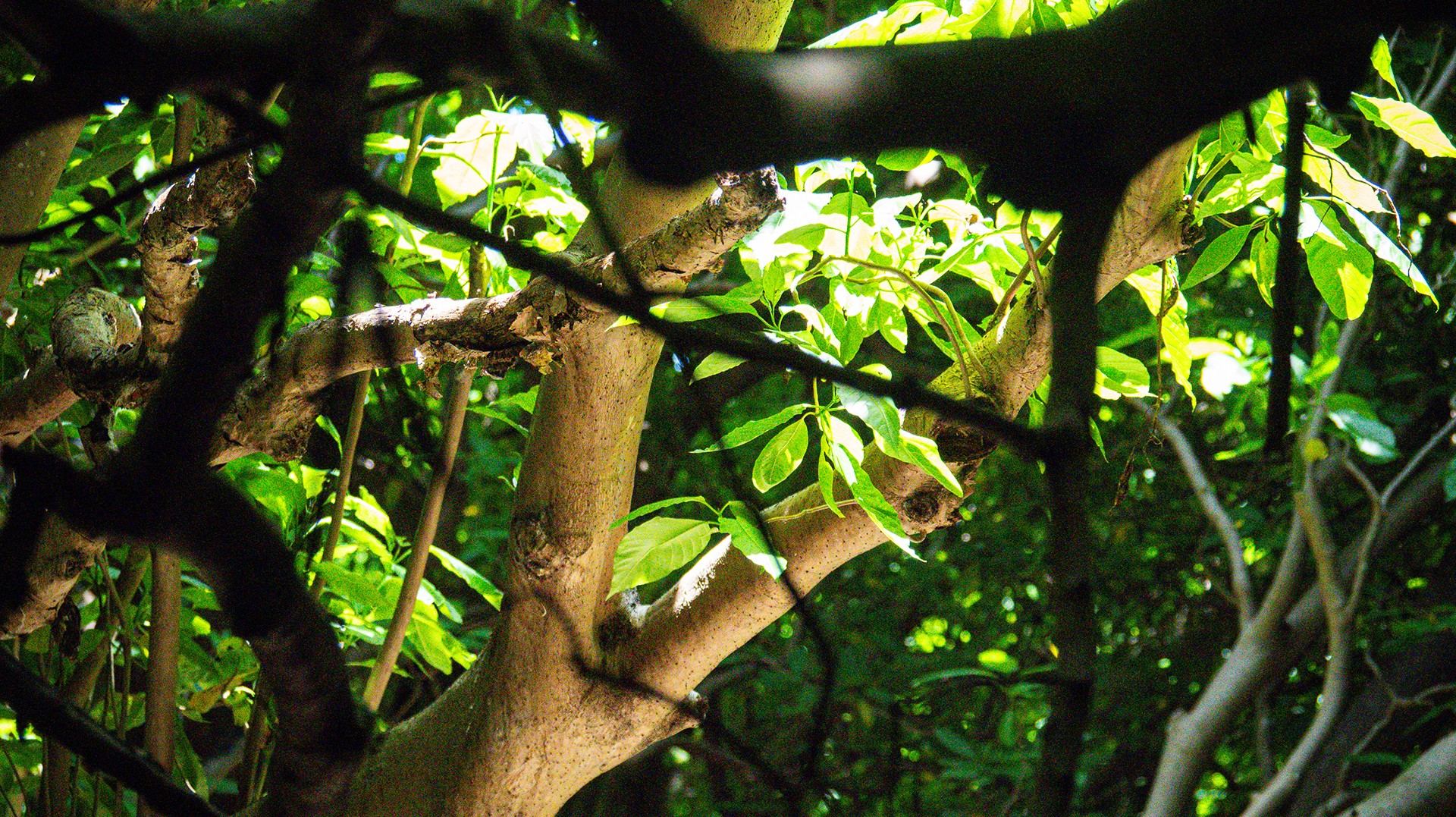
October 3, 2024
Island Conservation and partners have published a new paper quantifying ecosystem resilience on restored islands!

September 10, 2024
Climate Week NYC: what is it and why is it important? Read on to find out why Island Conservation is attending this amazing event!
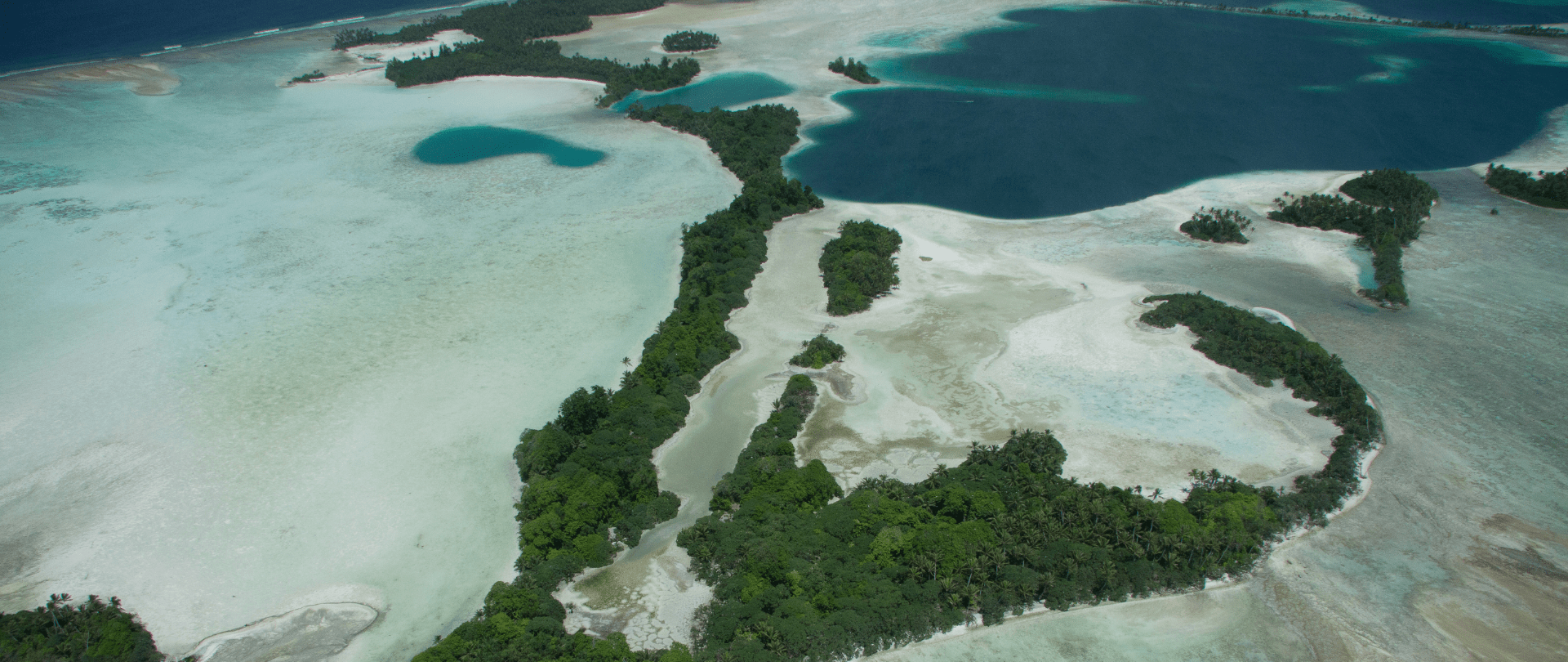
September 5, 2024
With sea levels on the rise, how are the coastlines of islands transforming? Read on to find out how dynamic islands really are!

December 14, 2023
Join us in celebrating the most amazing sights from around the world by checking out these fantastic conservation photos!
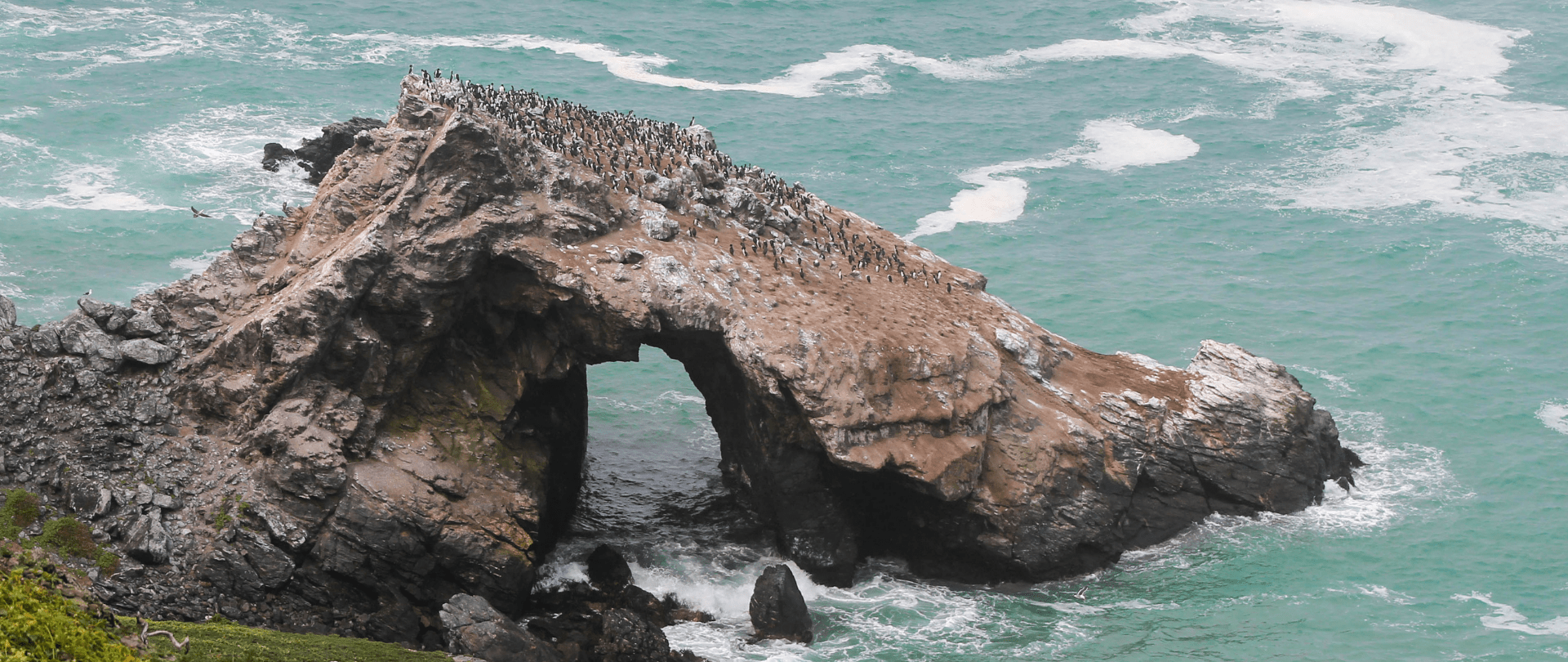
November 28, 2023
Rare will support the effort to restore island-ocean ecosystems by engaging the Coastal 500 network of local leaders in safeguarding biodiversity (Arlington, VA, USA) Today, international conservation organization Rare announced it has joined the Island-Ocean Connection Challenge (IOCC), a global effort to…